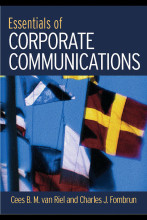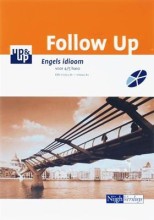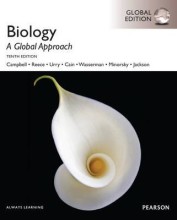Alsace - The Growing Environment & Grape Growing - Grape varieties
6 important questions on Alsace - The Growing Environment & Grape Growing - Grape varieties
Which 4 varieties are the noble grapes in the Alsace, which are permitted for Grand Cru wines and wine styles such as Vendange tar dive and Selection de grains nobles?
Riesling
Gewurztraminer
Pinot Gris
Muscat
Gewurztraminer
Pinot Gris
Muscat
What are the more or less aromatic grape varieties of the Alsace?
· aromatic varieties: riesling, gewurztraminer, muscat
· less aromatic: pinot gris
· less aromatic: pinot gris
What are the characteristics of the Noble grape variety Riesling in the Alsace? Which style is produced and name some Grand Cru villages.
- Buds late, late ripening, suitable for cold winters,
- Needs long growing season
- Medium to pronounced in aroma, unoaked, high in acidity
- Alsace style: typically bone dry, with no or low residual sugar; medium to full body, medium alcohol, medium to high acidity, with citrus and stone fruit with a pronounced stony/steely character, floral
- 25% of the plantings, most planted in Alsace; fuller, drier & more mineral vs German Riesling
- Also SGN and VT
- Best in Wolxheim, Dambach la ville & Sherwiller
- Higher grades + faster learning
- Never study anything twice
- 100% sure, 100% understanding
What are the characteristics of the Noble grape variety Gewurztraminer in the Alsace? Which style is produced and name some Grand Cru villages.
- 19% of plantings
- Early budding, early ripening
- picked late to achieve fully ripe skins to maximise aromas
- Pronounced aromas of lychee, peach/apricot, rose and spice. Medium/high alcohol, medium/full body, low acidity.
- Styles: dry to sweet
- Signature grape of Alsace
- SGN and VT
- Best around Barr (Bas Rhin); richer and more aromatic in Southern Alsace
What are the characteristics of Pinot noir in the Alsace?
- Only black grape allowed in Alsace
- Not a noble variety
- producing rather thin and lean wines, lighter style vs Burgundy
- Local demand resulting in rising quality with both unoaked and oaked wines
- Significant producers: Muré and Albert Mann
What are the characteristics of the Noble grape variety Muscat in the Alsace? Which style is produced and name some Grand Cru villages.
- 2 types: Muscat Blanc à Petit Grains and Muscat Ottonel.
- 0,5% tiny….
- Ottonel ripens later, need to avoid autumn rains.
- Aromatic and grapey; dry, low abv, low acidity
Try our study magic for free
a PDF, study it super fast
- No sign up, email or credit card needed!
- AI makes unlimited flashcards
- Get unlimited quizzes and tests
- Ask AI anything
Create a notebook
- No sign up, email or credit card needed!
- Have and keep perfect overview
- Make flashcards, notes and mind maps
- Review, test and score!
The question on the page originate from the summary of the following study material:
- A unique study and practice tool
- Never study anything twice again
- Get the grades you hope for
- 100% sure, 100% understanding
Remember faster, study better. Scientifically proven.
































